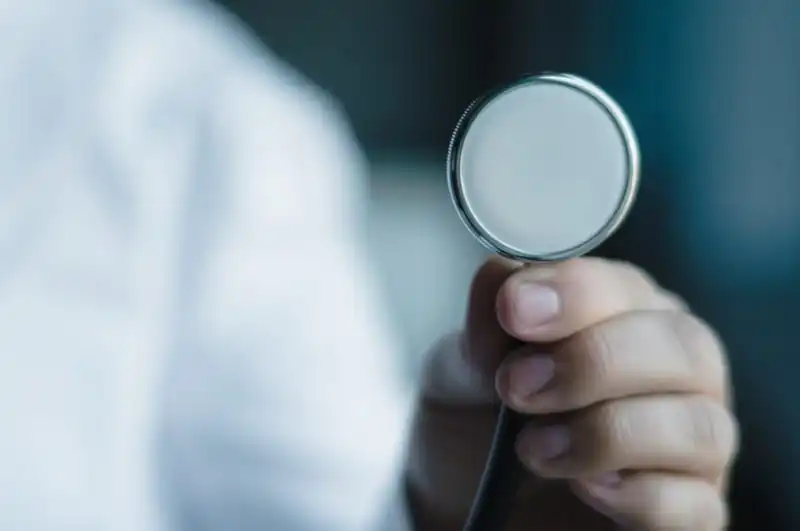Welcome to the website of Salvatore Tribastone Cardiac Surgeon
Welcome to my personal website dedicated to cardiology, a space created to provide assistance, information, and support to anyone who wants to take care of their heart. As a heart surgeon, my goal is to offer you the most up-to-date knowledge and expertise in the prevention, diagnosis, and treatment of heart conditions.
On this site, you will find a comprehensive overview of the services offered, ranging from specialized consultations to personalized prevention programs, advanced diagnostic investigations, and cutting-edge therapeutic treatments. Each patient is unique and deserves a tailored care pathway, based on the latest scientific evidence and best clinical practices.
Additionally, in the articles section, I regularly share informative content on various aspects of heart health: from common diseases to tips on how to adopt a heart-healthy lifestyle. The blog is designed to delve into specific topics and create a direct dialogue with you. Here, you’ll find updates on the latest advancements in cardiology, patient stories, and answers to frequently asked questions.
My goal is to accompany you on a journey towards informed health, providing concrete tools to keep your heart healthy and to address any cardiac issues with confidence. I invite you to explore the site and contact me for any information or needs. Taking care of your heart is the first step towards a long and healthy life, and I am here to guide you on this important journey.
Disclaimer
The information contained on this website is provided for general informational purposes only and does not constitute professional medical advice. While we strive to keep the information up to date and correct, we make no representations or warranties of any kind, express or implied, about the completeness, accuracy, reliability, suitability, or availability with respect to the website or the information, products, services, or related graphics contained on the website for any purpose. Any reliance you place on such information is therefore strictly at your own risk.
In no event will we be liable for any loss or damage including, without limitation, indirect or consequential loss or damage, or any loss or damage whatsoever arising from loss of data or profits arising out of, or in connection with, the use of this website.
Through this website, you may link to other websites which are not under the control of salvatoretribastone.com. We have no control over the nature, content, and availability of those sites. The inclusion of any links does not necessarily imply a recommendation or endorse the views expressed within them.
The information provided on this site is not intended to replace professional medical advice, diagnosis, or treatment. Always seek the advice of your physician or other qualified health provider with any questions you may have regarding a medical condition. Never disregard professional medical advice or delay in seeking it because of something you have read on this website.
By accessing and using this website, you agree to comply with and be bound by this disclaimer. If you do not agree with any part of this disclaimer, please do not use our website.

Centro Cuore Morgagni
Via della Resistenza 31, Pedara (CT)
☎ +39 095 7026 341
✉ stribastone@centrocuore.it
Studio Medico
Via Salerno 2, Marina di Ragusa (RG)
☎ +39 324 847 1011
✉ segreteria@tribastone.it
Send a Message
